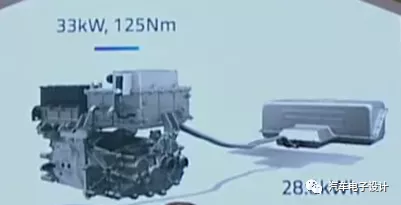Introduction
There is a time difference in the development of electric vehicles between China and Europe. China started a major subsidy policy cycle from 2014-2017, which was completely phased out from 2018-2022. In Europe, subsidies were attempted from 2015-2019, with increased subsidies from 2020. Europe also learned from China’s restrictions on minimum mileage and maximum price (energy density and energy consumption are still being screened).
Therefore, there is a cost and time difference of about 2-3 years. A typical example is that Renault began exporting the Renault e-noo badge Dacia Spring, which was previously sold in China, to Europe. This city car has a WLTP range of 230 km and can be reserved starting from March 20th. The base version costs 12,400 euros after subsidies in Europe.
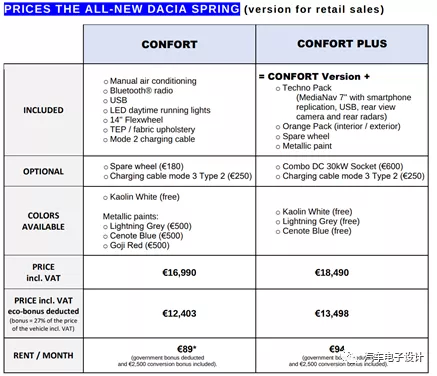
Dacia Spring
First, let’s introduce this product. The “Dacia Spring Electric” is developed and built by the Renault-Nissan CMF-A small car platform, which is the same as the Dongfeng Renault e-noo, Dongfeng Fengxing T1EV and Dongfeng Qichen e30 seen in China.
From the actual situation, these models can still sell well at the beginning of 2019. However, with the success of the Wuling Hongguang Mini, which lowered the price threshold, these A0-level cars priced at over 80,000 yuan cannot compete. Interestingly, Renault can package it into the European market. Dacia Spring is produced in a factory in Shiyan, Hubei, and is owned by a joint venture company “EASY JV” established by Dongfeng, Renault and Nissan.
The first batch of 4,000 Renault Dacia Springs was exported from Shanghai to Europe by Renault at the end of December 2020.
The vehicle is equipped with a 28.6 kWh battery and a 33 kW motor with a torque of 125 Nm. It can reach a maximum speed of 125 km/h and can be fast charged at up to 30 kW (1C) charging rate. The powertrain uses an electrically driven 2-in-1 system, but its overall efficiency is limited due to the use of a 2P72S configuration with a total voltage of around 260 V.
Note: e-noo previously used LG Chem batteries and may switch to Xingwangda in the future. Whether this car will become a low-priced bestseller like the Wuling Hongguang Mini in Europe remains to be seen.# Dacia’s System
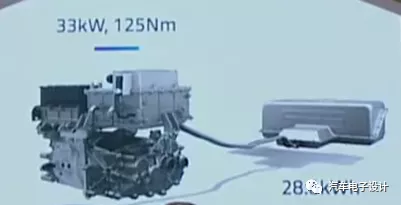
Renault’s Plan
Renault suffered a net loss of 8 billion euros in 2020, the largest annual loss ever, with nearly 5 billion euros of the loss coming from Nissan.
Therefore, Renault has a very clear plan to reduce costs in 2021. Last year, it achieved emissions compliance, mainly due to the good sales of ZOE in Europe. And Dacia Spring is built on a low-cost basis. When adjusting its strategy in Europe, it achieves Europe’s carbon emission reduction goals through a Chinese factory (low-cost BEV).
It can be seen that in 2021, on the one hand, Renault actively imports various types of PHEVs and HEVs to enrich the previous situation where only BEVs were available, aiming for the diversification of xEV from the overall product portfolio.
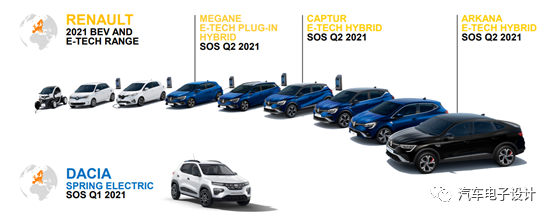
This year, the sales volume of ZOE in Europe has gradually decreased, from the previous 6-8K per month to 3-4K. The cumulative sales volume this year is only 7,296 units, directly cut in half from last year’s 16,239 units.
In fact, Renault canceled the battery leasing model in several European countries (including Portugal, Spain, the UK, Germany, and Sweden) at the end of 2020 to improve the business model, and began reforming in France as well. Dacia Spring has just started to try, and the sales volume of a small batch of about 100 units was attempted in February.
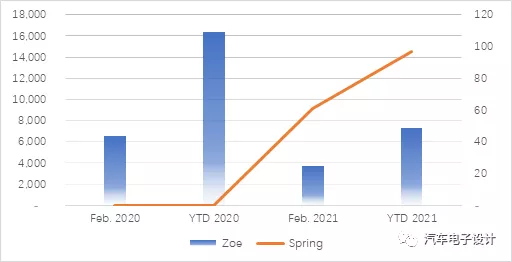
Conclusion
From the current perspective, Europe will also experience a wave of miniaturization and low-cost electric vehicle models (which is estimated to be under 10,000 euros, even lower after subsidies), which will take away some of the demand for previous A-class cars.
In this process, around the extreme low-cost, China’s LFP battery system and medium-to-low voltage drive system is an expanding process that occurs spontaneously.
Of course, in this process, it is not just Renault. The subsequent Daimler and Geely will make electric Smart cars, and it is very interesting to discuss whether Chinese automakers like Euler can compete with Europe.
This article is a translation by ChatGPT of a Chinese report from 42HOW. If you have any questions about it, please email bd@42how.com.
